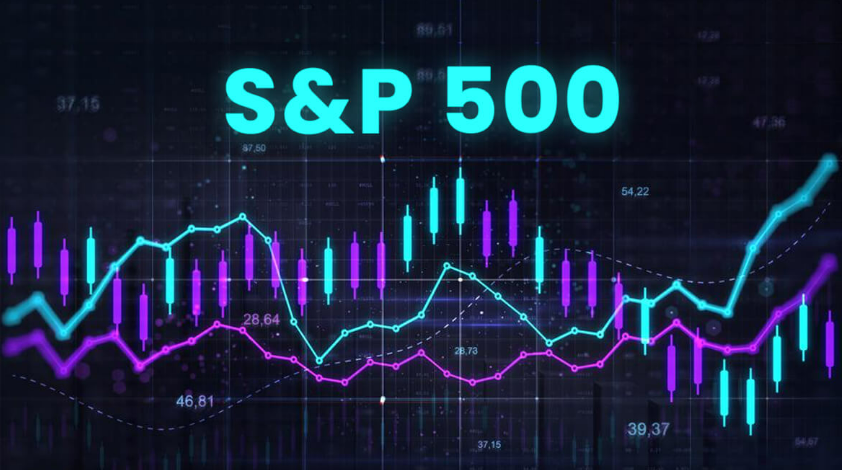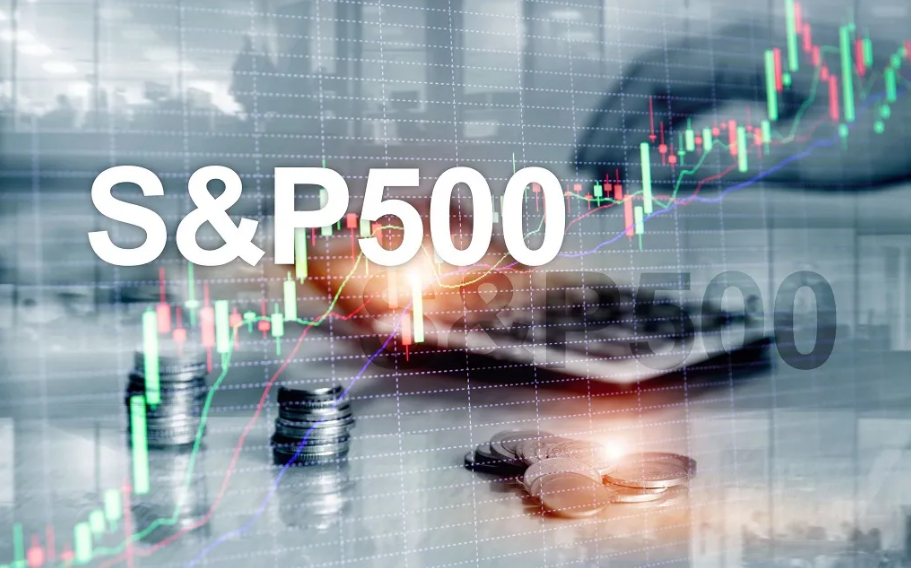
Skylar Shaw
Apr 14, 2022 11:10

Capital has been flowing into ETFs such as XOP (S&P Oil & Gas Exploration & Production), XME (S&P Metals & Mining), and XLU (Utilities). DIA (30-Industrials), SPY (500-Large Caps), IWM (2000-Small Caps), IYT (Transports), and QQQ (100-Nasdaq Largest Non-Financial) are still losing money for the year.
Our recent transactions in the major stock index ETFs yielded partial position profits, with the remaining positions stopping out for a little break-even profit.
We are keeping our cash on hand and constantly watching important ETF sectors in comparison to major stock index benchmarks for hints indicating our placement within the broader economic cycle as we see record inflation statistics announced and central banks rising lending rates.
We receive queries about inverse and leveraged ETFs from time to time from our subscribers. Not everyone should invest in inverse and/or leveraged ETFs. These tactical ETFs, on the other hand, may give alternate tactics for usage in a bad market for certain experienced traders.
An inverse ETF is an exchange-traded fund (ETF) that profits from a drop in the value of an underlying benchmark by employing different derivatives. When the market or the underlying index falls, inverse ETFs enable investors to profit without having to sell anything short.
A leveraged exchange-traded fund (ETF) is a marketable product that leverages the returns of an underlying index by using financial derivatives and loans. A leverage ETF may be built for a 2:1 or even a 3:1 ratio, while a regular exchange-traded fund normally follows the assets in its underlying index on a 1:1 basis.
These exchange-traded funds (ETFs) mirror the underlying S&P 500 benchmark, which represents 500 big US companies as chosen by S&P's Index Committee. Inverse and leveraged ETFs are represented by the following ETFs:
SPY vs. SH (1:1 or 1x leverage) — SPY (Bull) is the most well-known ETF, and it is often included among the top ETFs by AUM and trading volume. SH (Bear) gives inverse exposure to the S&P 500 at a 1:1 ratio.
SSO vs. SDS (2:1 or 2x leverage) - SSO (Bull) aims for a daily S&P 500 return of 2x. SDS (Bear) gives inverse exposure to the S&P 500 by a factor of 2:1.
UPRO vs. SPXU (3:1 or 3x leverage) - UPRO (Bull) aims for a daily S&P 500 return of 3x. SPXU (Bear) offers inverse exposure to the S&P 500 at a 3:1 ratio.
The figure below shows how the ETFs listed above have performed in comparison to each other during the last 15 months. It should be mentioned that inverse ETFs come with their own set of hazards that traders should be aware of before investing. Compounding risk, derivative securities risk, correlation risk, and short sale exposure risk are some of the hazards associated with inverse ETFs.
It's vital to note that we're not claiming that the market has reached its peak and is now heading down. This post will throw light on several fascinating studies that you should be aware of. We track price simply as technical traders, and once a new trend has been proven, we will adjust our positions appropriately. Our ETF transactions are available to our members, and the past six trades we placed in March have all ended in profit! Our algorithms are constantly monitoring price movements in a wide range of markets, asset classes, and worldwide money flows. As fresh information regarding trends or changes in trends is generated by our models, we will quickly disseminate these signals to our subscribers and those on our trading weekly email list.
When it comes to trading, it's not just about knowing when to purchase or sell stocks or commodities.
When it comes to being a consistently effective trader, money and risk management are crucial. Stop-loss orders, when used correctly, enable to protect your investment money and allow traders to manage their portfolios according to their specified risk boundaries. Scaling out of positions by taking gains and adjusting stop-loss orders to breakeven may also help a trader succeed.
Learn how we employ unique methods to find strategic entry and exit locations for trades by understanding market cycles, set-ups, and price target levels in different sectors. We foresee extremely big price fluctuations in the US stock market and other asset classes throughout the world during the next 12 to 24 months. We think the markets have entered a revaluation period as global traders strive to discover the next significant trends, moving away from the sustained central bank support rally. As traders and investors seek safe havens in Metals and other safe havens, precious metals will likely begin to operate as a good hedge.

Apr 14, 2022 11:05

Apr 14, 2022 11:16